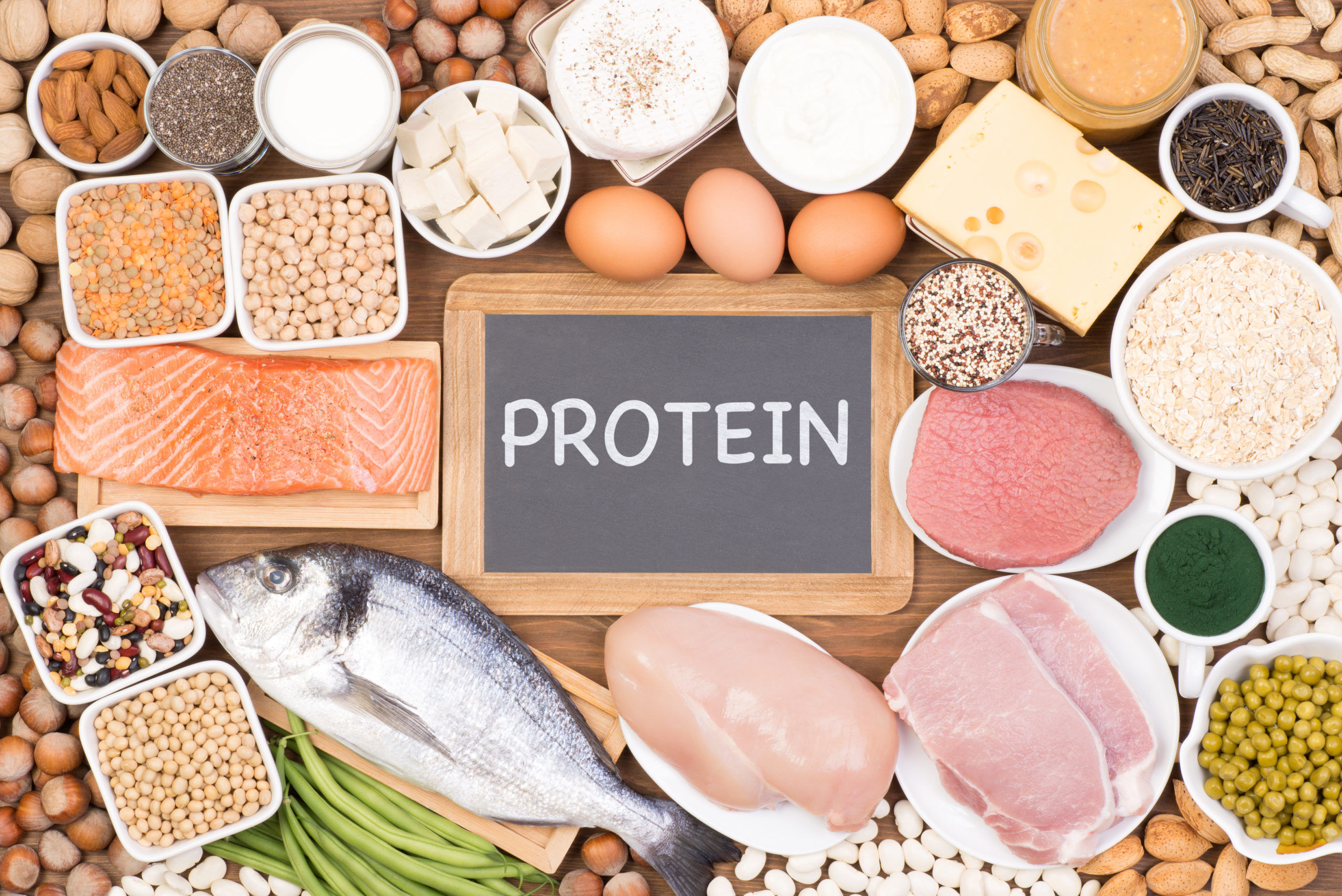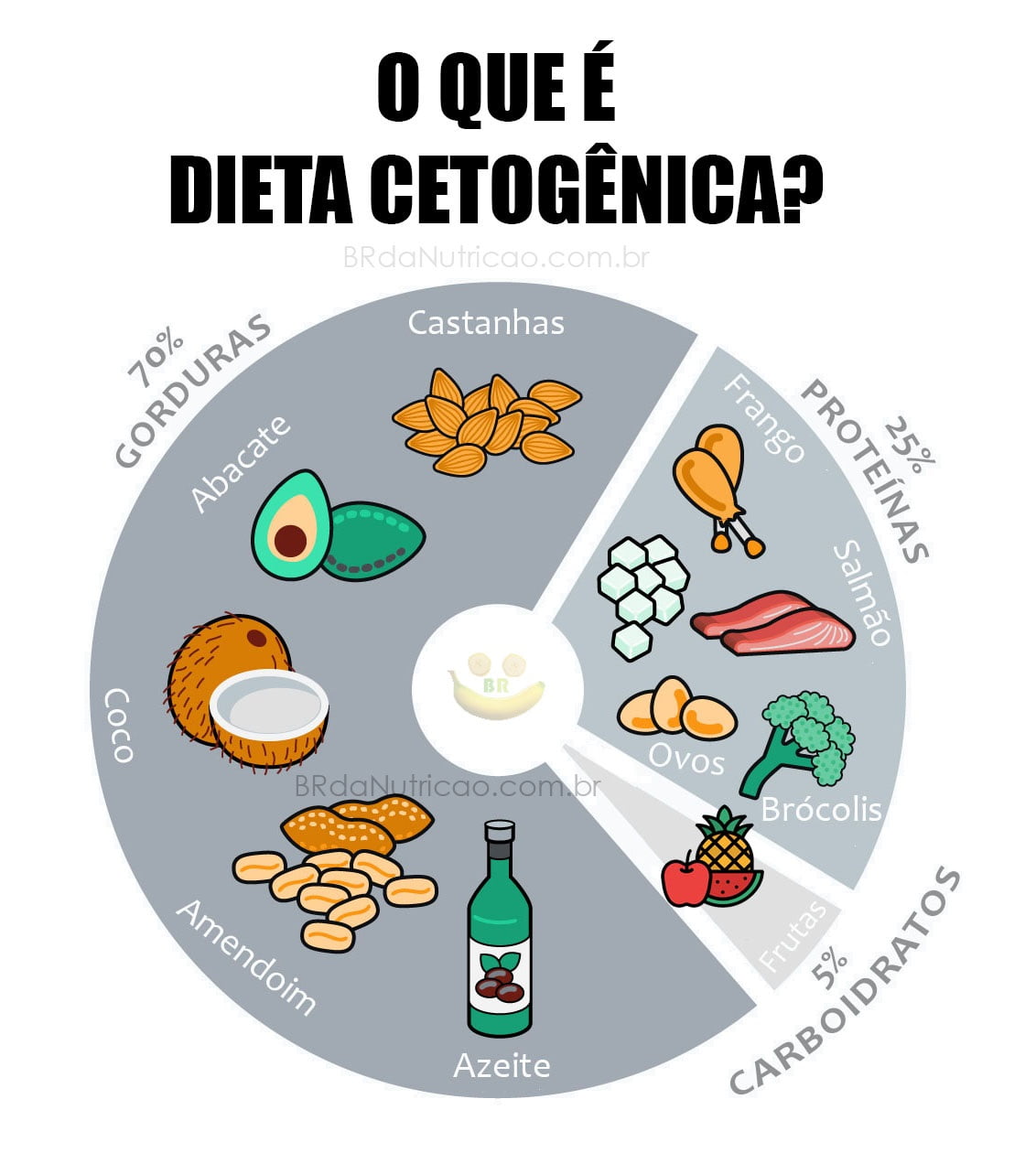The Top 10 Best Natural Foods That Exist
Discover the 10 healthiest foods in the world according to experts and scientific research. Transform your diet with nutritious and delicious options that will revolutionize your health.
Have you ever stopped to think that there are foods capable of completely transforming your health? I'm not talking about those miracle supplements or fad diets, but rather natural foods that science has proven to be true superfoods.
The Mayo Clinic, one of the most respected research centers in the United States, has established a list of the world's healthiest foods. And the best part? Most of them you probably already have in your kitchen or can easily find at the grocery store.
In this article, I'll share with you the 10 best natural foods that can revolutionize your diet and, consequently, your life. Get ready to discover how small changes in your diet can generate huge results for your health and well-being.
Table of Contents
- Why These Foods Are Considered the Best
- 1. Almonds - The Most Nutritious Food in the World
- 2. Apple - The Perfect Fruit for Any Time
- 3. Blueberry - Antioxidant Power in a Small Berry
- 4. Broccoli - The Disease-Fighting Vegetable
- 5. Red Kidney Beans - Quality Plant Protein
- 6. Salmon - Omega 3 for Your Brain and Heart
- 7. Spinach - Iron and Vitamins for Your Body
- 8. Sweet Potato - Smart Carbohydrate
- 9. Vegetable Juices - Concentrated Nutrients
- 10. Wheat Germ - Small Nutritional Giant
- How to Include These Foods in Your Routine
- Final Considerations
Why These Foods Are Considered the Best
Before we dive into the list, it's important to understand what makes a food truly special from a nutritional standpoint. Mayo Clinic researchers used specific criteria to establish this ranking:
High nutritional density: each food provides a large amount of vitamins, minerals, and antioxidants with relatively few calories. It's like a "nutritional investment" - you get maximum benefits with minimum calories.
Disease prevention capacity: all foods on the list have demonstrated, through scientific studies, the ability to reduce the risk of developing chronic diseases like diabetes, cardiovascular problems, and some types of cancer.
Versatility and practicality: there's no point in being the healthiest food in the world if it's impossible to find or prepare. All items on this list are accessible and can be easily incorporated into different recipes and preparations.
Functional nutritionist Dr. Mark Hyman, who practices across the United States, explains that "the right combination of fruits, grains, meats, and vegetables can help maintain a healthy weight, reduce cravings for processed options, and help control portions."
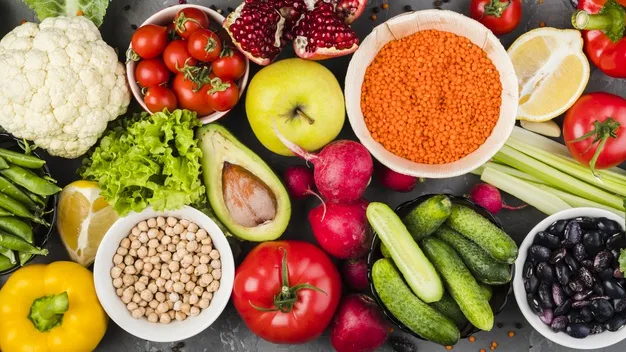
1. Almonds - The Most Nutritious Food in the World
If you had to choose just one food to always have on hand, almonds would be the smartest choice. According to the scientific study "Uncovering the Nutritional Landscape of Food," they achieved an impressive score of 97/100 in nutritional density.
Why are almonds so special?
Almonds are a true nutritional powerhouse. In just one ounce (about 23 almonds), you get:
- 6 grams of high-quality protein
- 14 grams of healthy fats (mainly monounsaturated)
- 37% of daily vitamin E needs
- 20% of the magnesium your body needs per day
But what really impresses is how they work in your body. Almonds are known for promoting heart health, controlling blood sugar levels, and even helping with weight loss. That's right, despite being caloric, studies show that regular almond consumption can help with weight control.
How to include almonds in your diet
The most practical way is to consume a handful (about 23 almonds) as a snack between meals. You can also:
- Add chopped almonds to salads
- Mix with plain Greek yogurt
- Use almond flour in low-carb recipes
- Make homemade almond milk
If you're interested in learning more about healthy eating and how to structure your diet, I recommend exploring nutrition and diet books that explain scientifically how to optimize your eating for a longer, healthier life.
2. Apple - The Perfect Fruit for Any Time
There's a saying that goes "an apple a day keeps the doctor away," and science proves there's a lot of truth to that. The apple is truly one of the most complete fruits that exist.
The nutritional power of apples
One medium apple (about 6.4 oz) provides:
- 25% of daily fiber needs
- 14% of recommended vitamin C
- Quercetin, a powerful antioxidant
- Pectin, which helps control cholesterol
What makes apples especially interesting is their ability to regulate blood sugar. The fiber present in the fruit causes sugars to be absorbed more slowly, avoiding glucose spikes. This is especially important for those with diabetes or trying to lose weight.
Important tip about consumption
Whenever possible, eat the apple with the skin. That's where most of the antioxidants and fiber are concentrated. If you have concerns about pesticides, opt for organic apples or wash well with baking soda.
Apples are perfect for those seeking effective strategies to lose weight, as they offer satiety with few calories and still help control hunger between meals.
3. Blueberry - Antioxidant Power in a Small Berry
The blueberry may be small, but it's a giant when it comes to antioxidant power. This little berry is among the most powerful sources of antioxidants in the world.
Why blueberry is considered a superfood?
In 100 grams of blueberries, you'll find:
- Anthocyanins in abundance (responsible for the blue color)
- 22mg of vitamin C
- 5 grams of fiber
- Only 57 calories
The anthocyanins present in blueberries have impressive anti-inflammatory properties and can significantly improve brain, eye, and heart health. Studies show that regular blueberry consumption can improve memory and even slow cognitive aging.
How to include blueberries in your diet
- At breakfast: add fresh or frozen blueberries to your yogurt, oatmeal, or smoothie
- As a snack: consume a handful between meals
- In healthy desserts: use in whole grain muffin recipes or smoothies
An excellent way to maximize antioxidant benefits is by combining blueberries with other nutrient-rich foods. Quality wellness products can help you understand how different foods can work together to improve your overall health.
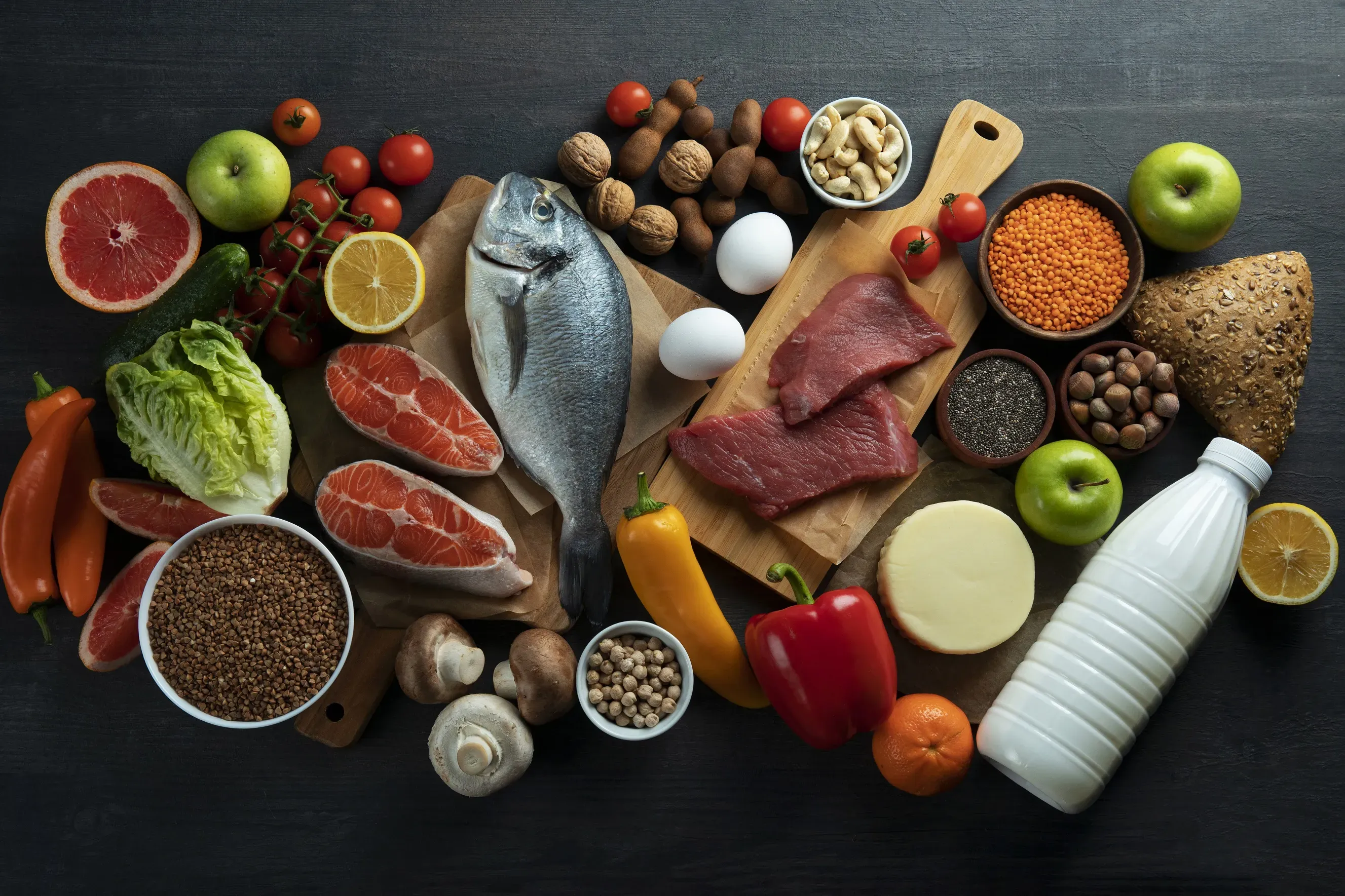
4. Broccoli - The Disease-Fighting Vegetable
If there's a vegetable that deserves the title of "natural medicine," that vegetable is broccoli. This cruciferous vegetable is not only nutritious but has unique compounds that have demonstrated the ability to fight various types of diseases.
Broccoli's nutritional arsenal
One cup of cooked broccoli (about 5 oz) offers:
- 245% of daily vitamin K needs
- 135% of recommended vitamin C
- 14% of the calcium you need
- Sulforaphane, a compound with anticancer properties
Sulforaphane is really what makes broccoli special. This compound has shown in studies the ability to reduce the risk of various types of cancer, including prostate, breast, and colon cancer. Additionally, broccoli is excellent for bone health due to its high vitamin K and calcium content.
The right way to prepare broccoli
To maximize nutritional benefits:
- Steam cook for no more than 5 minutes
- Avoid boiling in water, as this can destroy up to 50% of nutrients
- Add a little healthy fat (like olive oil) to improve absorption of fat-soluble vitamins
Broccoli pairs perfectly with eating focused on foods that help reduce stress and anxiety, being an excellent option for those seeking consistent results.
5. Red Kidney Beans - Quality Plant Protein
Red kidney beans are one of the best sources of plant protein available, being especially important for vegetarians and vegans, but beneficial for everyone seeking healthier eating.
Why red kidney beans stand out?
In one cup of cooked red kidney beans (about 6 oz), you get:
- 15 grams of high-quality protein
- 13 grams of fiber (more than half the daily need)
- 20% of recommended iron
- 45% of the folate you need per day
What makes red kidney beans especially interesting is their low glycemic index. This means they release energy slowly and steadily, keeping you satisfied longer and helping control blood sugar levels.
Tips for better digestion
Many people avoid beans because of digestive discomfort. Here are some strategies:
- Soak for at least 8 hours before cooking
- Change the water several times during cooking
- Add cumin or fennel during preparation
- Start with smaller portions and gradually increase
6. Salmon - Omega 3 for Your Brain and Heart
Salmon is probably the most famous fish when it comes to healthy eating, and that's not by chance. This fish is one of the best sources of omega 3 available in nature.
The unique benefits of salmon
A 3.5 oz serving of salmon provides:
- 25 grams of complete protein
- 2.3 grams of omega 3 (EPA and DHA)
- 59% of daily vitamin D needs
- Astaxanthin, a powerful antioxidant
The omega 3 present in salmon is fundamental for brain health and can improve memory, concentration, and even mood. Studies show that people who consume fish regularly have a lower risk of depression and neurodegenerative diseases.
How to choose and prepare salmon
- Prefer wild-caught salmon when possible, as it has higher omega 3 concentration
- Bake or grill to preserve nutrients
- Avoid frying which can oxidize beneficial fats
- Consume 2-3 times per week for optimal benefits
If you have difficulty including fish in your diet or want to ensure adequate omega 3 intake, consider quality supplements that offer the same quality as fish in convenient format.
To better understand this essential nutrient, I recommend reading our article about what is omega 3 and its importance for health.
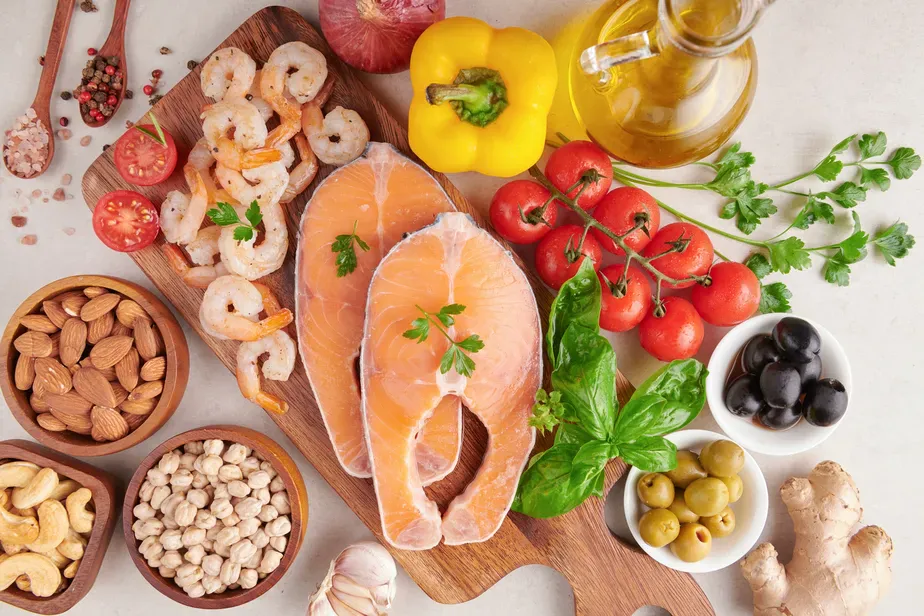
7. Spinach - Iron and Vitamins for Your Body
Spinach is one of the most nutritious leafy vegetables that exist. Rich in iron, vitamins, and minerals, it's a food that should be present in every family's diet.
Spinach's impressive nutritional profile
One cup of raw spinach (about 1 oz) contains:
- 181% of daily vitamin K needs
- 56% of recommended vitamin A
- 15% of necessary folate
- Only 7 calories
Spinach is especially important for women of reproductive age due to its high folate content, essential for preventing neural tube defects during pregnancy. Additionally, its vitamin K is fundamental for bone health.
Maximize iron absorption
The iron present in spinach is non-heme (plant-based), which has lower absorption than meat iron. To improve absorption:
- Combine with vitamin C: add lemon, tomato, or bell pepper
- Avoid tea and coffee at meals with spinach
- Cook lightly to break down fibers and facilitate digestion
8. Sweet Potato - Smart Carbohydrate
Sweet potato is what I call a "smart carbohydrate." Unlike refined carbs, it provides sustainable energy without causing blood sugar spikes.
Why sweet potato is superior
One medium sweet potato (about 5 oz) provides:
- 112% of daily vitamin A needs
- 26% of recommended vitamin C
- 4 grams of fiber
- Moderate glycemic index (54)
The vitamin A present in sweet potatoes is essential for eye health and immune system. Its orange color indicates high beta-carotene concentration, an antioxidant that the body converts to vitamin A as needed.
Versatile ways to consume
- Baked in the oven with skin (where many nutrients are)
- In purees as a substitute for regular potatoes
- In healthy chips baked in the oven
- In smoothies for natural sweetness
Sweet potato is an excellent option for those who exercise. Learn more about what to eat before and after physical activities to optimize your results.
9. Vegetable Juices - Concentrated Nutrients
Fresh vegetable juices are a concentrated way to get a wide variety of vitamins, minerals, and antioxidants all at once. When well-prepared, they can be true health elixirs.
The benefits of vegetable juices
Fresh vegetable juices offer:
- High concentration of nutrients in easily absorbable format
- Lycopene (in tomato juice) that reduces prostate cancer risk
- Natural nitrates that improve blood circulation
- Living enzymes that aid digestion
The best combinations
- Green juice: spinach, kale, apple, and lemon
- Antioxidant juice: carrot, beet, and ginger
- Detox juice: cucumber, celery, lemon, and mint
- Energy juice: tomato, celery, and pepper
Important precautions
- Consume immediately after preparation to preserve nutrients
- Don't replace complete meals with juices
- Include vegetables of different colors for greater nutritional variety
- Add fiber by leaving some pulp
10. Wheat Germ - Small Nutritional Giant
Wheat germ is the most nutritious part of the wheat grain, where essential nutrients for germination are concentrated. Despite being small, it's a true nutritional giant.
The concentrated power of wheat germ
Two tablespoons of wheat germ (about 0.5 oz) contain:
- 4 grams of complete protein
- 15% of daily vitamin E needs
- 10% of recommended folate
- Zinc, iron, and magnesium in significant amounts
Wheat germ is especially rich in vitamin E, one of the most important antioxidants for protecting cells against premature aging. It also contains octacosanol, a compound that can improve physical performance and endurance.
How to include in your diet
- Sprinkle over fruits or yogurt at breakfast
- Add to smoothies to increase nutritional value
- Mix in dough for whole grain breads and cakes
- Combine with cereals at breakfast
Storage precautions
Wheat germ is rich in natural oils that can easily become rancid:
- Keep refrigerated after opening
- Use within 6 months
- Prefer small packages for quicker consumption

How to Include These Foods in Your Routine
Now that you know the 10 best natural foods, the question is: how to incorporate them practically into your daily life? Here's a simple and effective plan:
Weekly strategy
| Day of Week | Breakfast | Lunch | Dinner | Snack |
|---|---|---|---|---|
| Monday | Apple + Almonds | Spinach Salad | Salmon + Sweet Potato | Green Juice |
| Tuesday | Blueberries + Wheat Germ | Red Kidney Beans | Steamed Broccoli | Almonds |
| Wednesday | Vegetable Juice | Broccoli + Sweet Potato | Salmon + Spinach | Apple |
| Thursday | Blueberries + Almonds | Spinach + Beans | Baked Sweet Potato | Antioxidant Juice |
Practical tips for success
Planning is fundamental: dedicate one day a week to planning your meals and grocery shopping. This avoids impulsive decisions and ensures you always have healthy foods available.
Prepare in advance: wash and cut vegetables as soon as you get home from the store. Cook grains in larger quantities and freeze in portions. This makes meal prep much easier during the week.
Start gradually: don't try to include all foods at once. Choose 2-3 to start with and add others as you get used to them.
Vary preparations: the same food can be prepared in different ways. Broccoli, for example, can be consumed raw in salads, sautéed, steamed, or in soups.
If you're seeking a deeper transformation in your eating habits, consider exploring comprehensive diet and nutrition resources that offer complete systems for dietary re-education.
Final Considerations
We've reached the end of our journey through the 10 best natural foods that exist. I hope you've realized that healthy eating doesn't need to be complicated or expensive. In fact, many of the world's most nutritious foods are accessible and easy to find.
What really matters
Remember that there's no miracle food in isolation. The secret lies in consistency and variety. Including these foods regularly in your diet, combined with an active lifestyle, can make an impressive difference in your health and quality of life.
Your next steps
- Choose 3 foods from this list to start including in your routine this week
- Plan your meals in advance to ensure variety
- Try new recipes to avoid getting bored with preparations
- Track how you feel as you include these foods
Resources to continue your journey
To deepen your knowledge about healthy eating, I recommend some valuable resources:
- Quality nutrition and diet books offer a comprehensive approach to developing a healthy relationship with food
- For those interested in specific diets, our complete explanation about low carb diet can be very useful
- If you exercise, don't miss reading about the best foods to reduce stress and anxiety
Transforming your health through diet is a journey, not a destination. Every small healthy choice you make today is an investment in your future well-being. Start today and feel the difference these powerful foods can make in your life.
How about sharing this article with someone who could also benefit from this information? Together, we can spread knowledge about healthy eating and help more people live with greater health and vitality.
